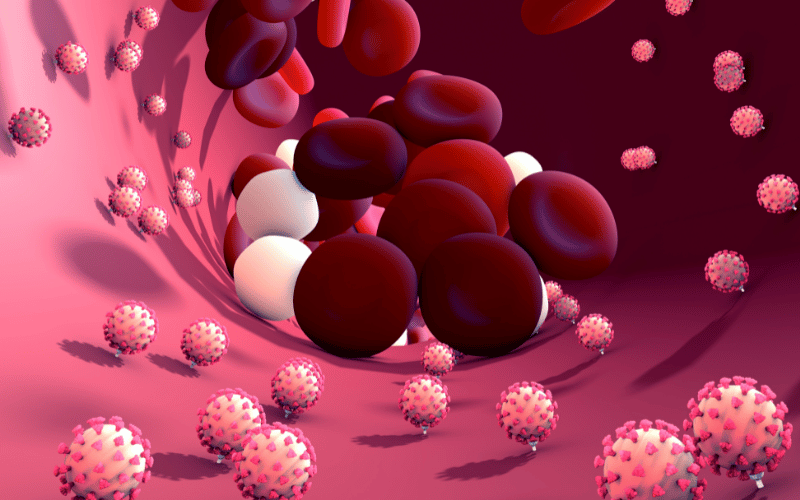3. Blood Clots – A Double-Edged Sword

In DIC, the formation of blood clots within the blood vessels is a paradoxical yet central symptom. These clots can occur in both small and large vessels, disrupting normal blood flow and leading to various complications.
The overactivation of clotting factors in DIC leads to the formation of these clots. It’s a dangerous cycle where clotting leads to bleeding, which in turn triggers more clotting. This excessive clot formation uses up the body’s clotting resources, leading to a reduced ability to control bleeding elsewhere.
The presence of clots can lead to severe issues like tissue damage, organ dysfunction, or even stroke. It’s a critical symptom that can significantly worsen the patient’s condition and complicate treatment.
Treatment focuses on addressing the underlying cause of DIC and carefully managing the clotting-bleeding equilibrium. Medications that control clot formation, like anticoagulants, may be used cautiously, considering the risk of further bleeding. (3)